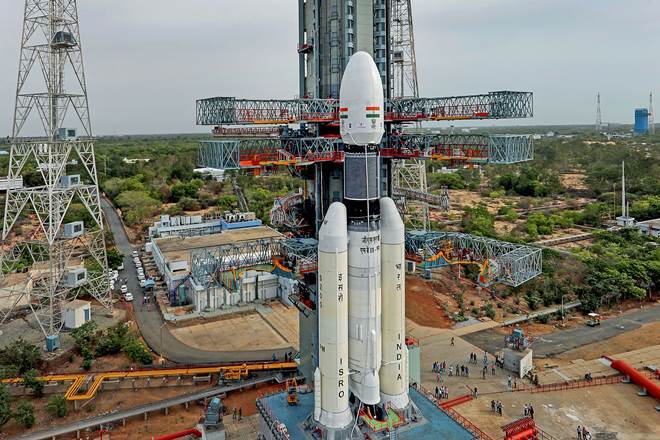The Indian Space Research Organisation (ISRO) has made significant progress in its ambitious Chandrayaan-3 mission, which aims to demonstrate the capability of a soft landing on the Moon. Following the setback of the Chandrayaan-2 mission, ISRO has diligently worked towards rectifying the issues and is now preparing for the launch of Chandrayaan-3 on July 14.
Objectives: Demonstrating Soft Landing and Scientific Exploration
The primary objective of the Chandrayaan-3 mission is to successfully achieve a soft landing on the Moon’s surface. By accomplishing this feat, India aims to join the exclusive group of nations that have successfully landed on the Moon. The mission also intends to conduct chemical analyses, gather valuable scientific data, and contribute to advancements in lunar research.
Background: Learning from Chandrayaan-2’s Setback
The Chandrayaan-2 mission, launched in 2019, faced challenges during its soft landing attempt, resulting in a setback for ISRO. However, the organization used this setback as an opportunity for learning and improvement. Chandrayaan-3 aims to address the shortcomings of its predecessor and accomplish a successful soft landing on the lunar surface.
Chandrayaan-3 Spacecraft: Building on Previous Successes
The Chandrayaan-3 spacecraft comprises three essential components: the lander module, the propulsion module, and a rover. The lander module is designed to achieve a soft landing on the Moon, deploying the rover for scientific exploration. The rover will conduct chemical analyses and carry scientific payloads to enhance our understanding of the lunar surface. Additionally, the propulsion module plays a crucial role in transporting the lander and rover to the lunar orbit.
Launch Vehicle Mark-III (LVM-3): Powering the Mission
The LVM-3, India’s most powerful rocket developed by ISRO, serves as the launch vehicle for the Chandrayaan-3 mission. Standing tall at 43.5 meters with a diameter of 4 meters, it possesses a lift-off mass of 640 tonnes. The LVM-3 utilizes a cryogenic upper stage powered by CE-20, India’s largest cryogenic engine, enabling it to carry heavier payloads. It also incorporates two S200 solid rocket boosters and two L110 liquid-stage Vikas rockets for additional thrust during takeoff.
Significance: Advancing India’s Technological Prowess and Scientific Understanding
The Chandrayaan-3 mission holds immense significance for India’s space exploration endeavors. By showcasing its technological capabilities in lunar exploration, ISRO aims to establish itself as a prominent player in the global space community. The successful execution of a soft landing would mark a significant milestone in India’s space achievements and pave the way for future lunar missions.
Key takeaways for competitive examinations
- Chairman of the Indian Space Research Organisation: S. Somanath
- Headquarters of Indian Space Research Organisation: Bengaluru



 Indian Olympic Medal Winners List Till N...
Indian Olympic Medal Winners List Till N...
 Who is the Inventor of the Gramophone?
Who is the Inventor of the Gramophone?
 HS Dhaliwal Appointed New DGP Of Andaman...
HS Dhaliwal Appointed New DGP Of Andaman...
